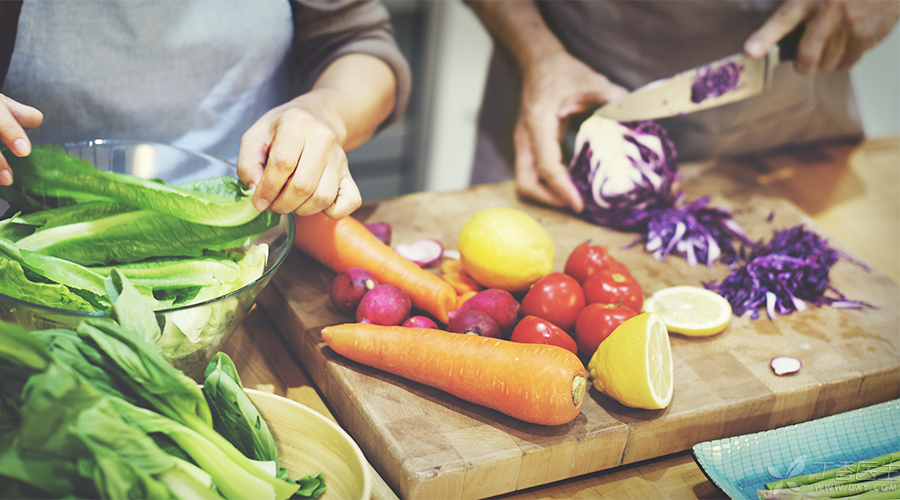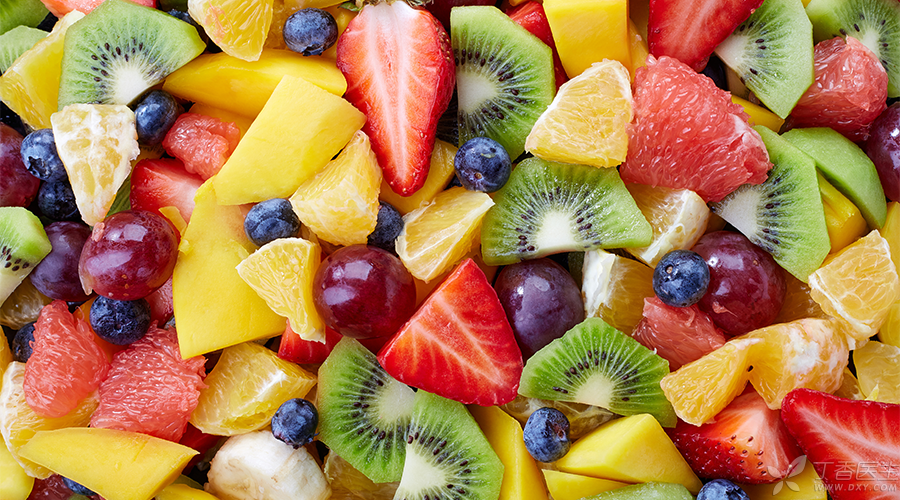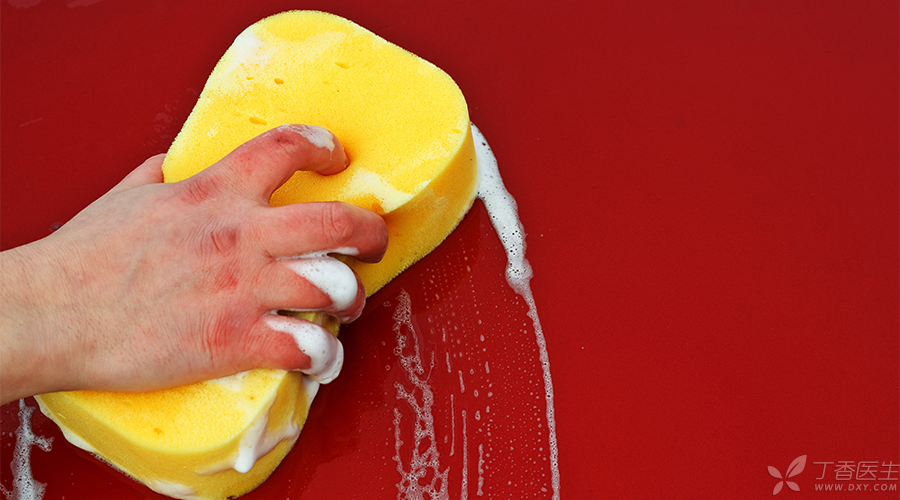
It is said that diseases come from the mouth and a healthy diet is very important.
We will have high requirements for food safety and health, but we often ignore the hygiene of the kitchen, the source of germs.
Even if the surface looks spotless, it will still accidentally step into these kitchen traps.
First of all, I am a pit…
I didn’t expect that I would become a pit in the kitchen, but only if you-
1. Sick and still insist on cooking
In particular, gastrointestinal diseases can easily spread bacteria and viruses through feces and mouth.
If the pain of the disease still cannot stop your enthusiasm for cooking, you must wash your hands carefully with sterilizing soap and wipe the tableware and table top you touch at any time.
2. Let pets travel freely in the kitchen.
Although pets are cute, they also carry bacteria and viruses like human beings.
Cats, in particular, may carry Toxoplasma gondii, a parasite that is very dangerous to pregnant women and can cause fetal malformation.
Therefore, the countertops and tableware that cats and dogs have stepped on at home should be carefully cleaned before use.

3. Failure to wash your hands in the right way
Never guess how many bacteria you have on your hands, it will make your hair stand on end.
Please choose an efficient sterilization hand washing soap, press its nozzle with a clean upper arm, carefully clean your hands and dry them with a clean towel.
Food is also a trap.
The food was originally innocent, and it was basically not a big problem after being treated at high temperature, but the following situations should be carefully handled.
1. Meat is raw and cooked inseparably.
In fact, 50% of raw meat has been inevitably contaminated during slaughter and treatment, and may be contaminated with pathogenic bacteria such as Salmonella, Escherichia coli and Campylobacter, especially chicken.
Although the high temperature will kill these bacteria, the bacteria from raw meat will still contaminate other items, such as forks, spoons, etc. If you come into contact with what you want to eat, you will bring the bacteria into your body with honor.
Therefore, the raw meat bought must be put in a specific container before being put into the refrigerator to prevent bacteria in thawed blood from flowing into the refrigerator.
In addition, the ditches and ravines on the chopping boards at home are also excellent hiding places for bacteria. It is better to buy two chopping boards, use raw and cooked food separately, and clean them with diluted fungicide once a week.
If it is too troublesome, use one piece, but make sure to cut fruits and vegetables first and then meat, and clean them in time after use.
2. Do not clean before eating fruits and vegetables
Some people will think that fruits can be wiped casually and eaten as long as there is no dust. This idea can spoil the real person behind the damage to health-pathogenic microorganisms.
In particular, fruits and vegetables taken out of the refrigerator are also contaminated with raw meat gravy, which may also breed bacteria that tolerate low temperatures. For example, the Listeria monocytogenes incident once led to the death of one person.
So, before eating fruit. If you can wash it, try to wash it.

3. Food is kept in greenhouse environment for a long time (about 20 ℃ ~ 25 ℃)
After food is placed in a room temperature environment for about two hours, it will reach a temperature most suitable for bacteria to breed. Harmful bacteria can cause diarrhea in light cases and poisoning in heavy cases.
In particular, milk and egg products and leftovers should be put into the refrigerator once they are determined not to eat.
Bacteria can double every 20 minutes. Even if they are put into the refrigerator, a large number of bacteria will be produced after a few days.
Therefore, we must treat food coldly and ruthlessly. If we haven’t finished eating it within 3-5 days, we should throw it away (of course, some specific foods can be considered as appropriate).
Cleaning appliances such as sponges are also a trap.

Sponge or dishcloth has its own water absorption property and can be called a perfect bacterial culture dish. It is recommended to use it as follows:
- Regular change every month, if pickled taste, it means that bacteria have already produced a large number of anaerobic bacteria and mold; Keep dry as much as possible. Sponge or rag can be placed on leaking or dry shelves, which can accelerate drying and isolate dirty water. Avoid wiping the table top with dirty sponges or dishcloth. You can choose kitchen paper or professional wipes. It is also good to buy dishcloth that can be repeatedly disinfected at high temperature.
In fact, the correct step to wash dishes should be to wash food residues with clear water as much as possible, and then use tools such as dishwashing brushes.
Also, don’t let go of the sink. Wash it once a week and you can use sterilization spray or disinfectant to soak it.
